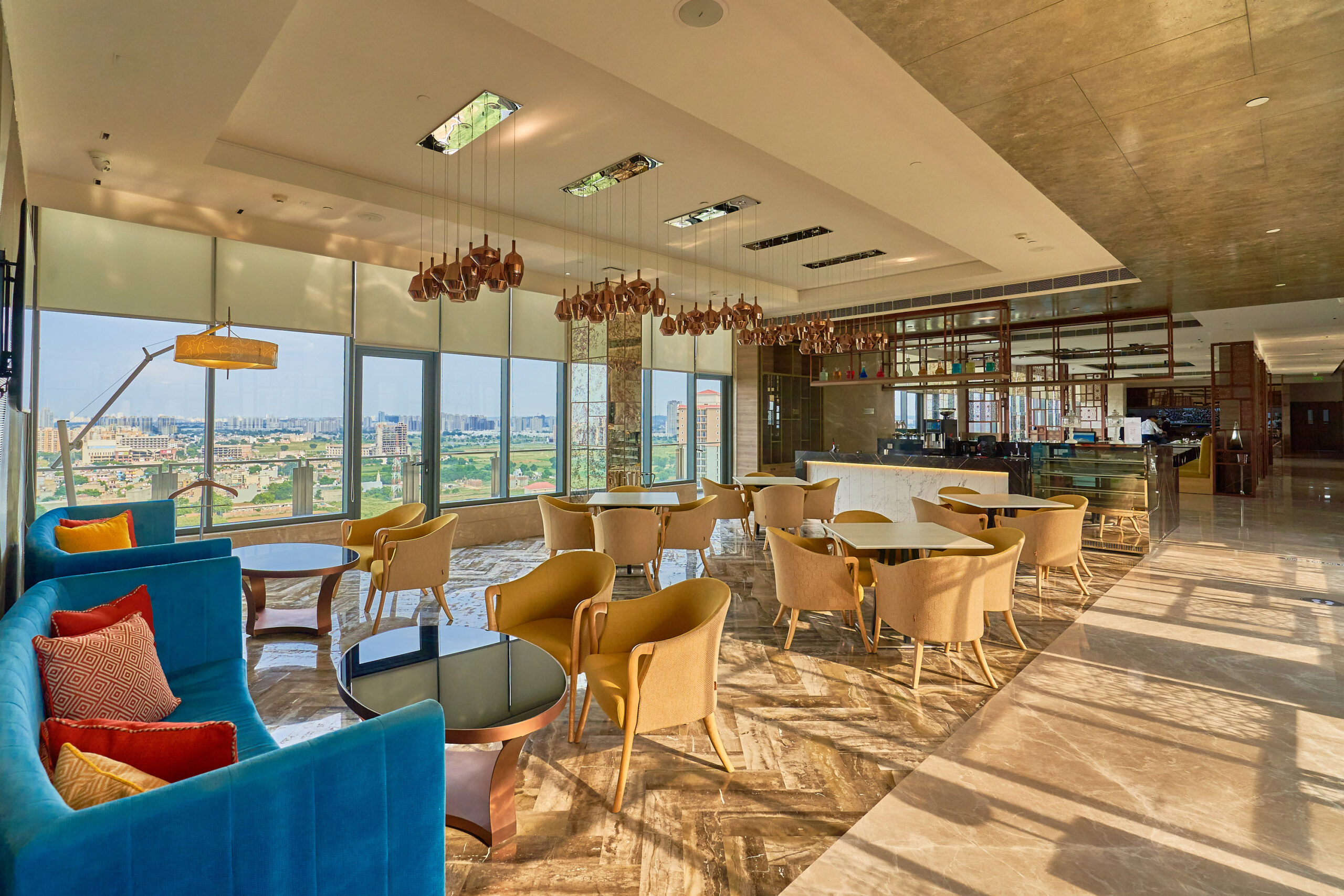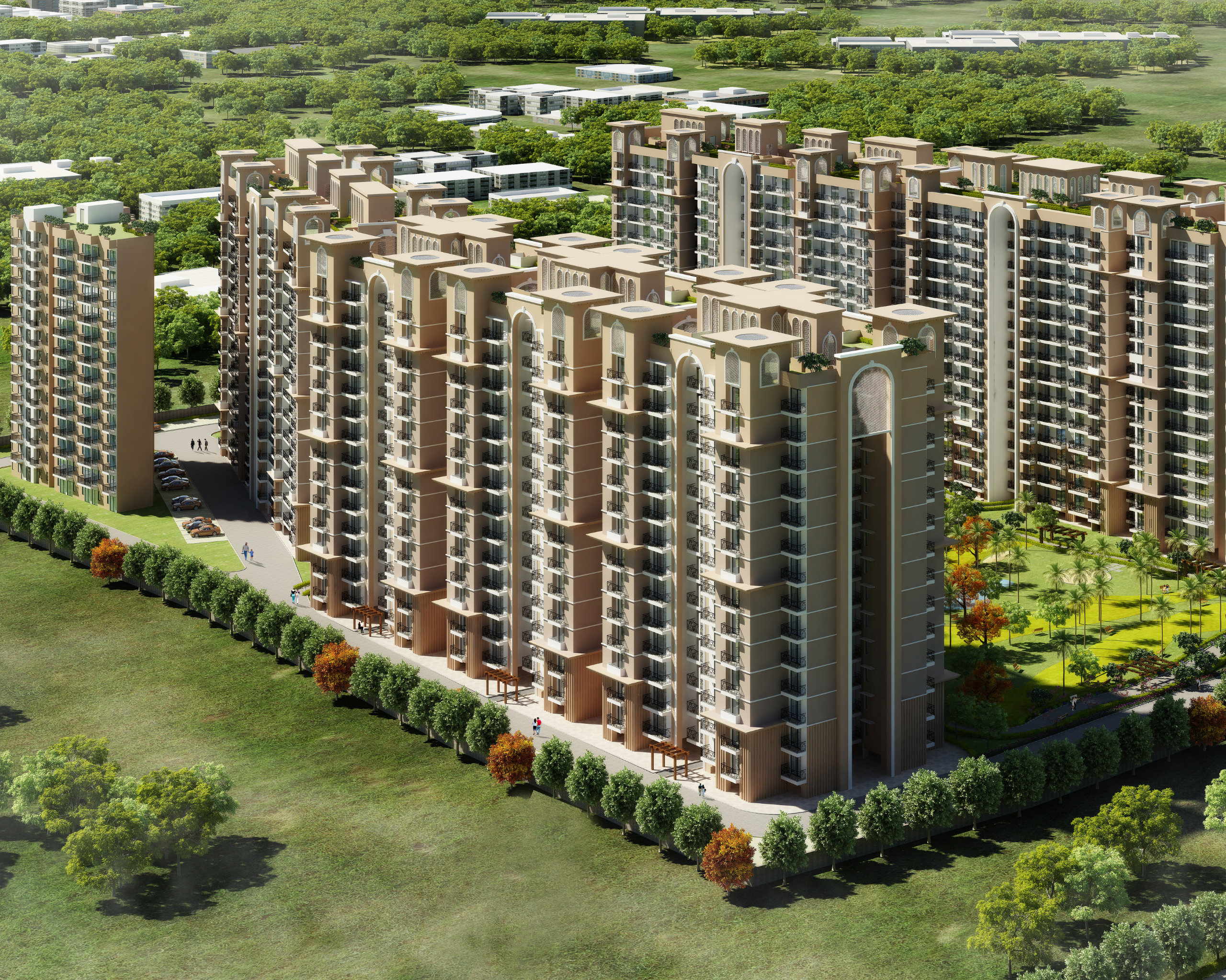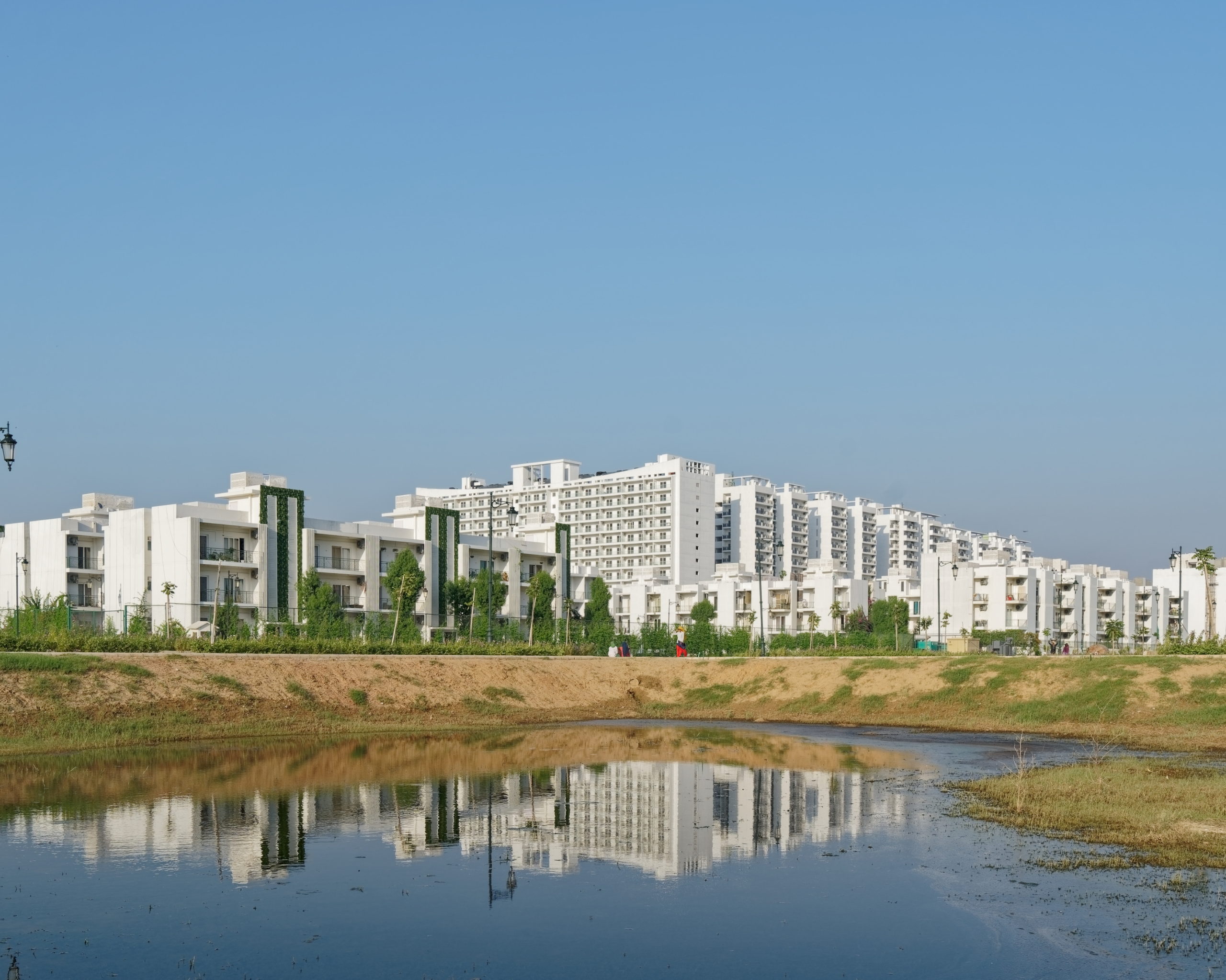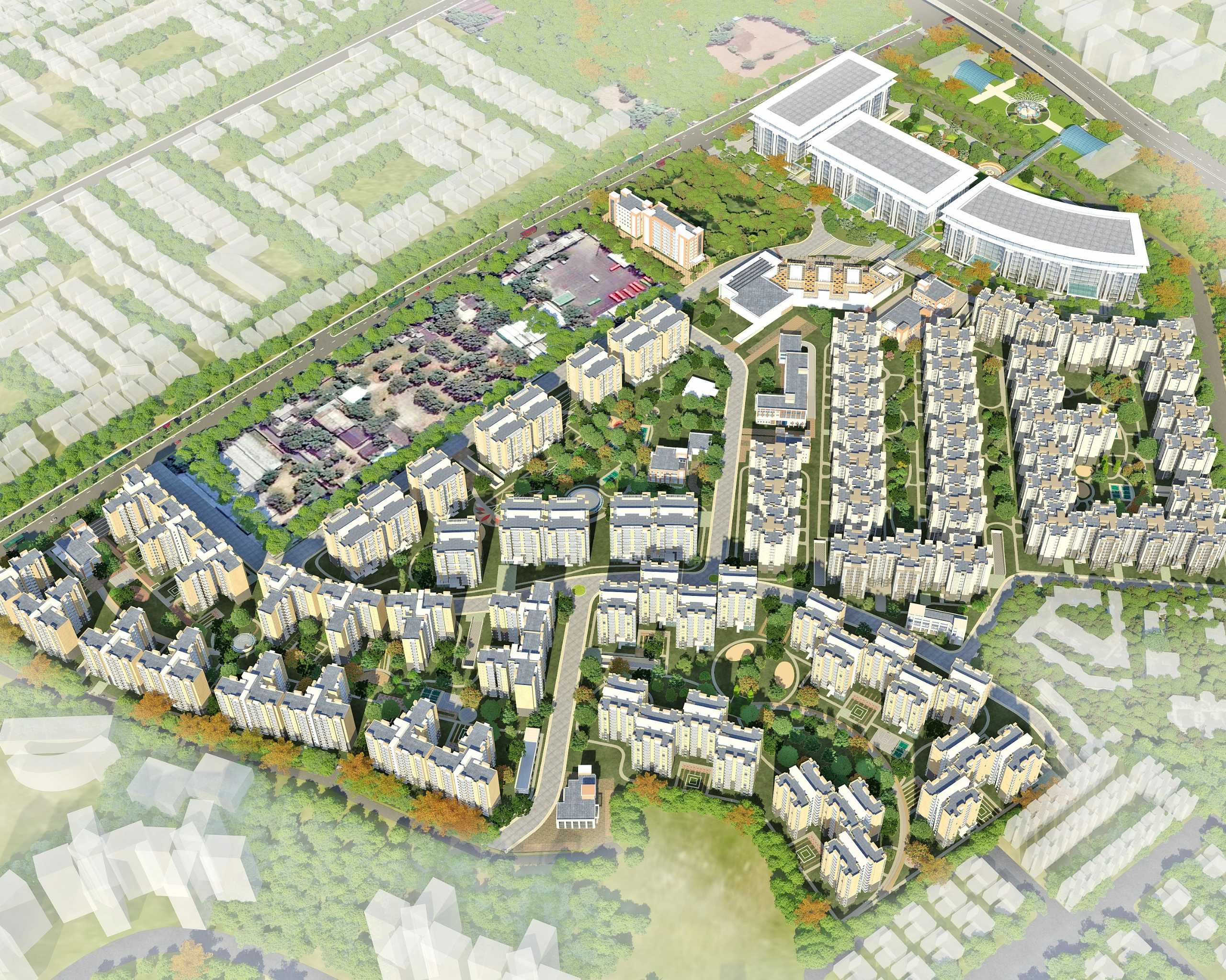The Bleisure Revolution- Evolving Hospitality Architecture

With hybrid working becoming a post-pandemic trend, work and travel have been integrated, creating a new portmanteau within the hospitality sector — Bleisure. Predicted to take over traditional business travel, bleisure has completely changed the face of user experiences expected by a hotel. As the name implies, bleisure is a combination of business and travel, through extensions on business travels or even through remote working.
The impact on hospitality design is evident in the consumer’s changing needs. Hotel design is no longer about creating luxurious rooms just for resting. The change in functionality demands a shift in the traditional hospitality architecture. Today users/ travellers are looking for local travel experiences in close proximity to a well-planned and functional workspace. Therefore, it is pivotal to provide consumers with the best of both worlds — business and leisure.
The provision of tailored amenities and services has changed the traditional design layout ideas. Also, facilities are planned considering how a busy business traveller would like to experience his leisure time when not working, making them hassle-free, calm and comfortable. Hence, areas considered add-ons have now become highlights of the design.
For hospitality architecture, bleisure interventions use local elements and experiences, such as inculcating local culture and heritage within the architecture and interiors, using local materials and ecosystems. Indoor and outdoor spaces that reflect the local experiences are preferred by travellers today. Bliesure also includes competent workspaces within cafes and restaurants apart from dedicated workspaces, conference rooms, meeting rooms and more. Providing a work corner within the rooms is also becoming a common practice. Other design interventions include reducing the visibility barrier between indoors and outdoors and allowing natural light and greenery into the room. Amenities like spas, interactive outdoor spaces, local experiences, etc., have become a part of the master plan, catering to the leisure part of Bliesure.
With innovative technology making the hotel experience easier and bleisure related amenities, hospitality trends have changed immensely. Today travellers are looking for an integrated experience combining business and travel. Integrating these needs within the design is the need of the hour for the hospitality industry. The Bleisure revolution has been trending post-pandemic and is set to become the new normal, driving hotels towards innovative design interventions.




